T4K3.news
ESPN launches direct app at 29.99 a month
ESPN opens a new direct-to-consumer path with a refreshed app priced at 29.99 a month, signaling a major shift in how fans access sports content.
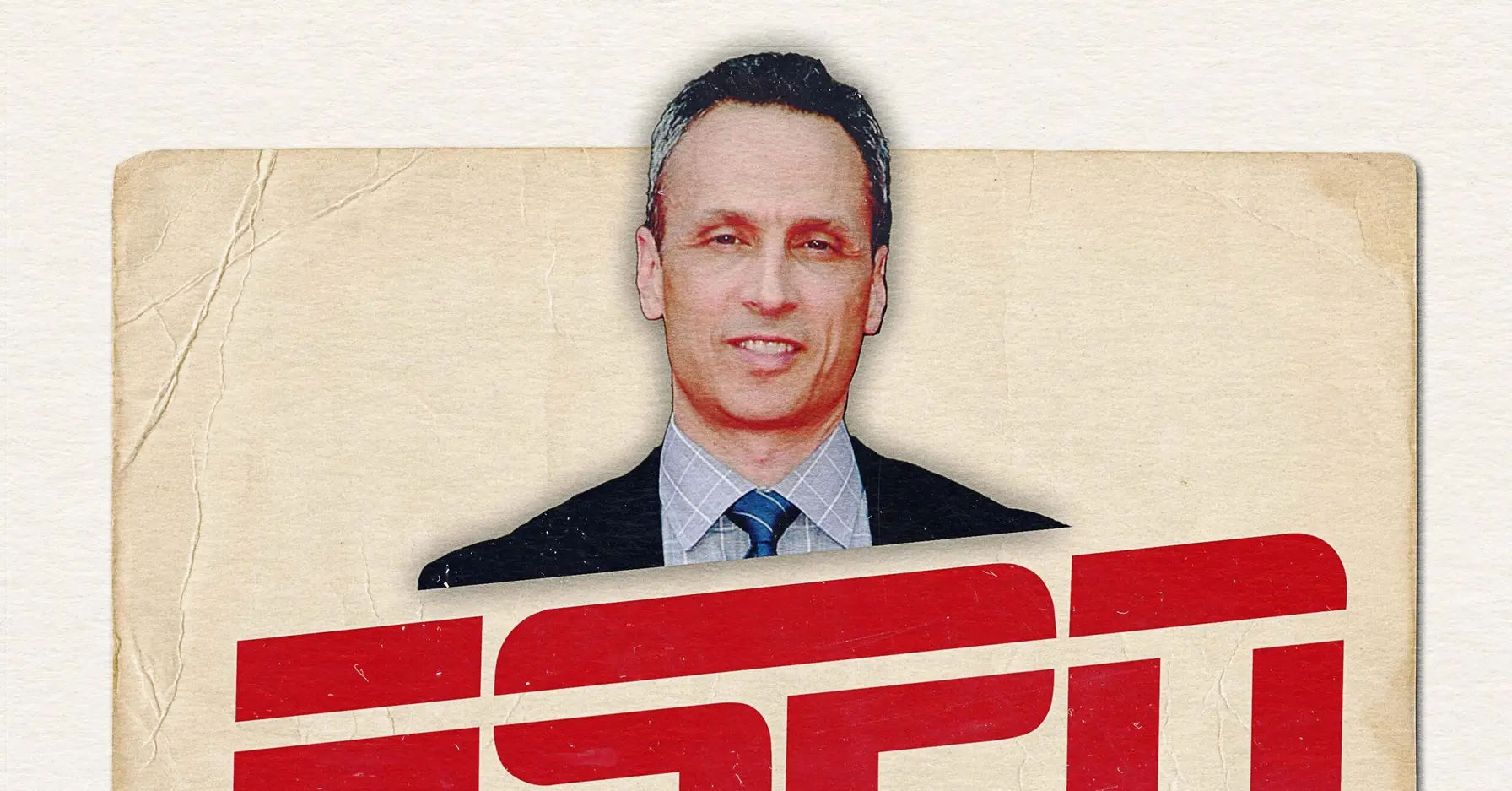
A look at how Jimmy Pitaro reshapes ESPN around a direct app model and a high profile talent strategy.
ESPN Enters a Streaming Era Under Pitaro
ESPN has rolled out a direct subscription model tied to a refreshed app, priced at 29.99 a month. The move cuts out the traditional cable middleman and pushes the company to learn more about its paying customers. Since taking the helm in 2018, Jimmy Pitaro has steered the network toward more live events, bigger rights deals, and a broader slate of on air talent. The rebooted app is meant to carry ESPN across the line from cable to streaming, offering access to a wide range of sports programming for a single price. Pitaro has described the approach as a balance of buying established properties and developing new ones, a bet on how people want to consume sports today.
Behind the scenes, ESPN has shifted spending toward marquee announcers and high profile events to fill scheduling gaps that streaming makes visible. The talent strategy includes deals with Joe Buck and Troy Aikman for Monday Night Football, the Manning brothers, Pat McAfee, Stephen A Smith, and the Inside the NBA crew. The company has moved to secure partnerships with leagues and agencies that feed ESPN rights while trying to nurture in house shows like Get Up and a refreshed College GameDay. The result is a more flexible, app like organization that can adapt to changing consumer habits, even as it wrestles with questions about identity and editorial independence.
Key Takeaways
"The rebooted app is ESPN’s future."
describing the central role of the new app in ESPN’s strategy
"They were satisfied. Pat was satisfied. I was happy with Pat’s on air apology. And we move on."
Pitaro on McAfee’s apology and how ESPN handled the incident
"We talked about that internally."
Pitaro on whether to explain decisions to viewers
"The app is ESPN’s future."
reiterating the central strategy of the app
The shift signals a broader industry move toward direct consumer access, but it tests ESPN’s ability to maintain a clear brand while chasing a larger audience. The model hinges on big live events and top talent, which are expensive and sometimes volatile. It also raises questions about newsroom independence and how journalists navigate league partnerships and corporate priorities. If the app succeeds in monetizing without the traditional bundle, ESPN could redefine what it means to fund sports media.
The timeline for payoff remains uncertain. Pitaro’s strategy shows both ambition and risk: investing in talent at scale while pruning older formats creates potential backlash and investor scrutiny. If the strategy delivers consistent live access and diverse voices, ESPN could defend its relevance in a crowded streaming market. If not, the balance between spectacle and integrity could fray, leaving viewers unsure what the brand stands for.
Highlights
- The app is ESPN’s future
- A great game is the real product in a streaming age
- Developing talent is the real edge not just buying a lineup
- We move on and the story continues
Budget and political risk around ESPN streaming shift
The push toward a direct app could disrupt the traditional cable model and affect subscriber revenue, advertising dynamics, and leverage in rights negotiations. The strategy also intersects with political sensitivities around league partnerships and public responses to coverage, creating potential backlash and investor scrutiny.
The next chapter will test whether ESPN can sustain growth without losing its sense of purpose.
Enjoyed this? Let your friends know!
Related News
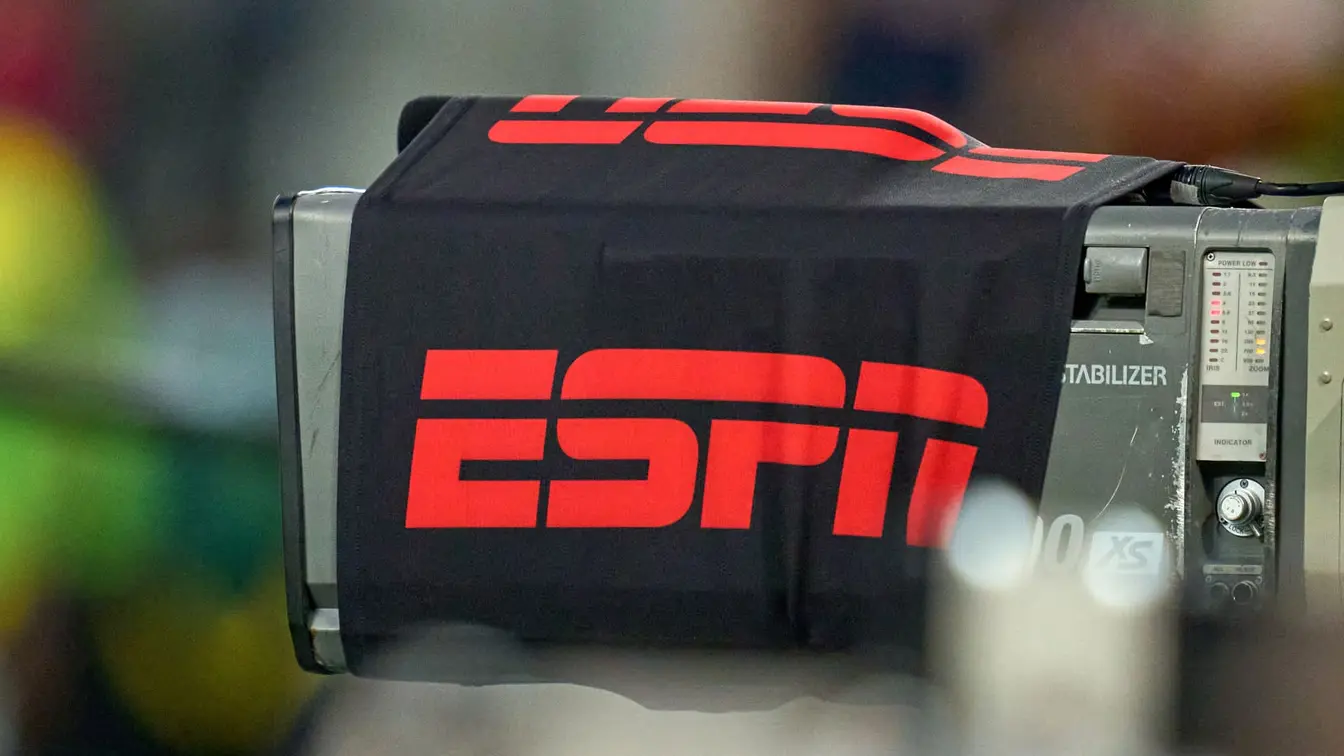
ESPN launches stand-alone streaming service
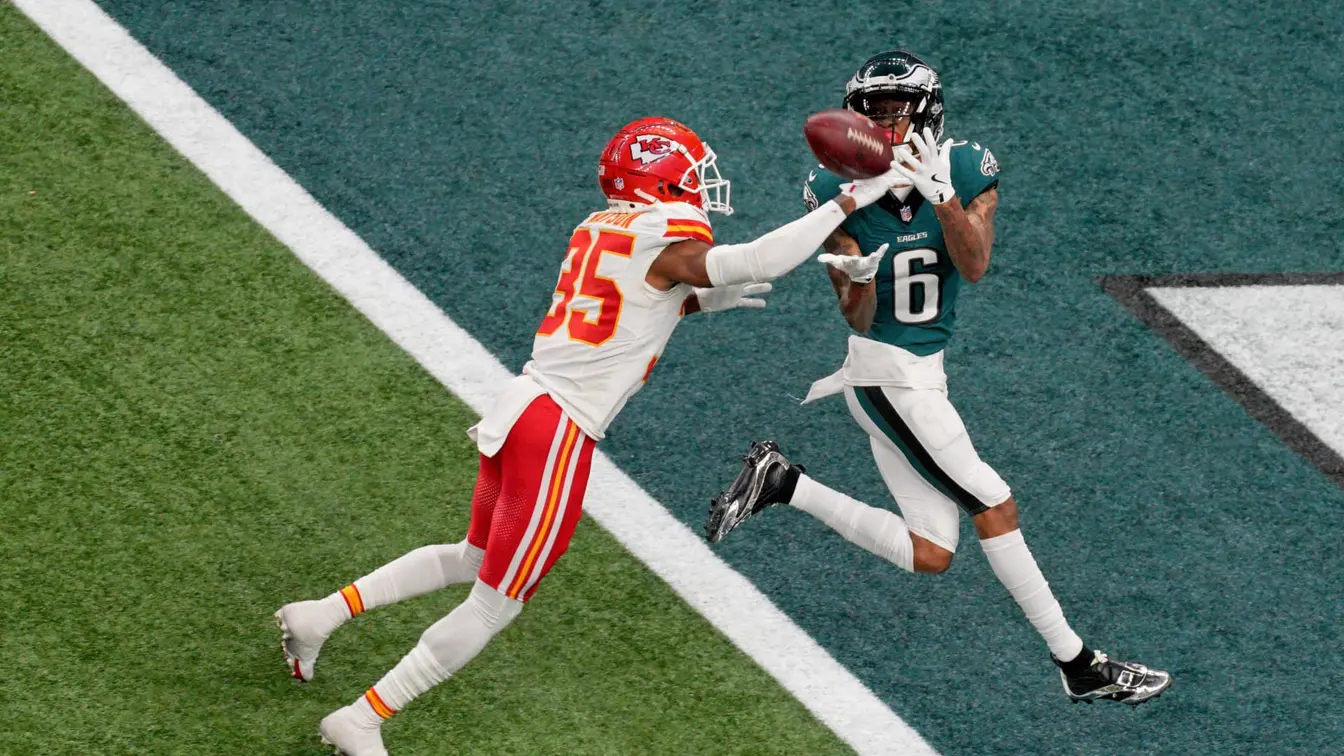
ESPN Fox bundle arrives this fall
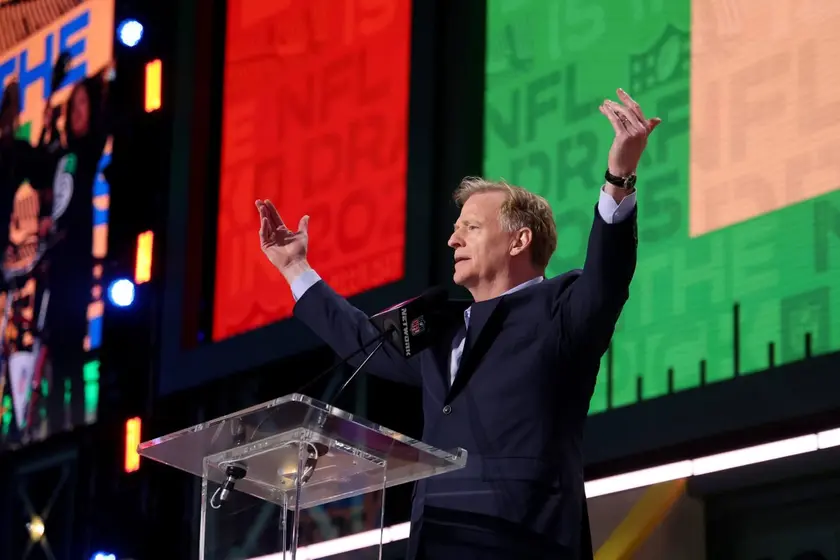
ESPN and NFL nearing landmark media deal
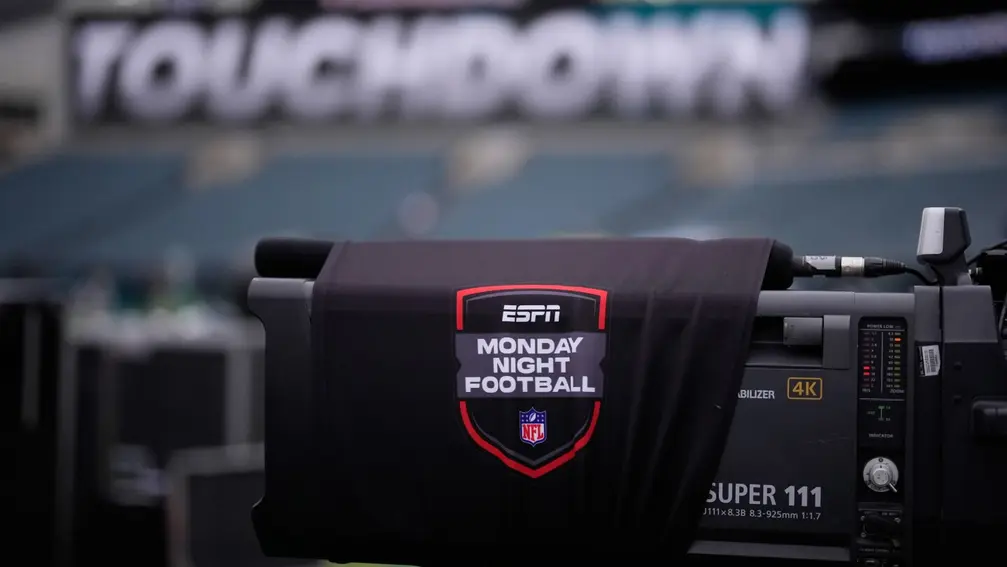
ESPN defines streaming future with new service

ESPN acquires NFL media assets in landmark deal
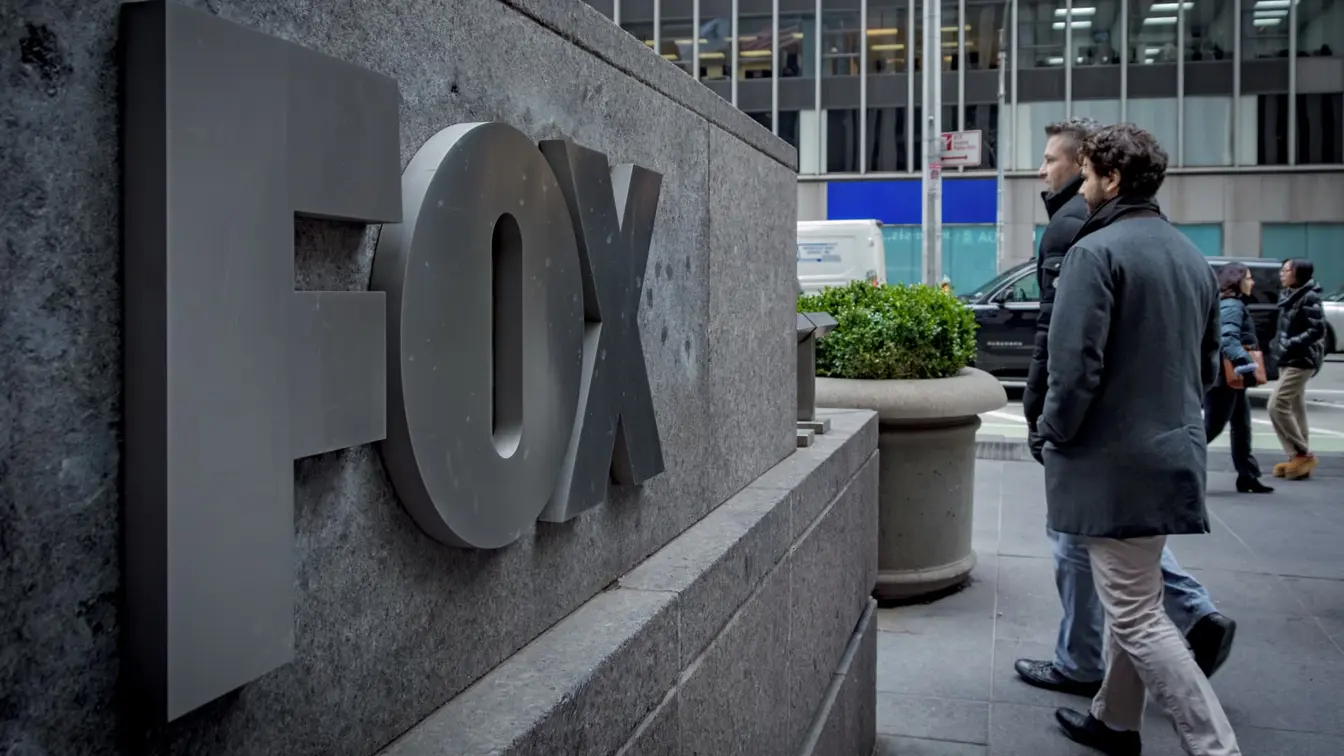
Fox One streaming service to launch on August 21

WWE PLEs Move to ESPN App Ahead of Launch
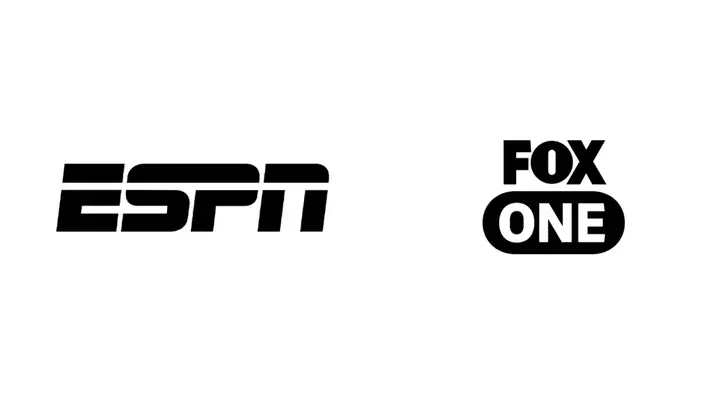
Streaming bundles expand with ESPN and Fox
